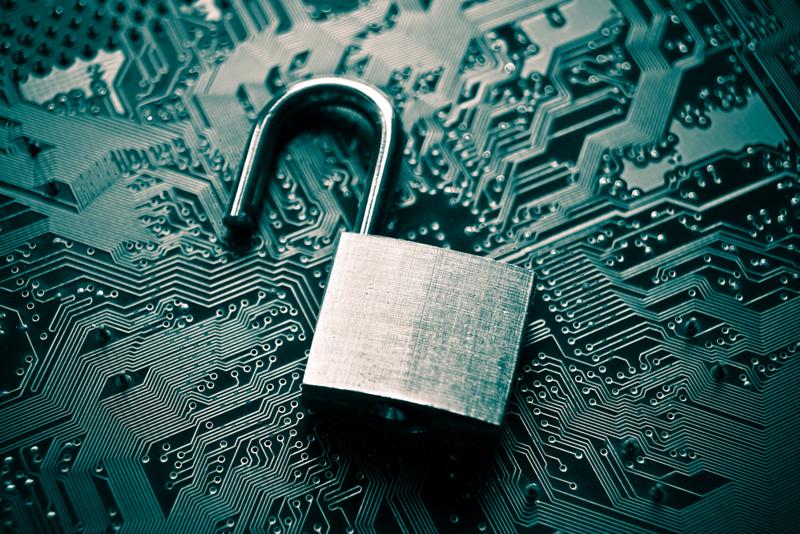
Five key takeaways from 2021 cybersecurity trends
By Max BurkhalterJanuary 6, 2022
As we move into 2022, it's worth taking a look back on 2021's cybersecurity trends to shape the best technological practices possible. By examining the new and evolved security issues that came from 2021, we can shape 2022's security practices with more intention. Let's dive right into what made 2021 one of the highest risk years in cybersecurity history, and what we can all learn from it.
Here are five takeaways:
1. Remote working risks require increased attention.
Perhaps most prominent are the dangers brought by the uptick of remote workers in 2021. As businesses settled into a hybrid, or sometimes fully remote structure, protection to data faltered. Without the securities of an office setting – with expert IT security officers on hand – decentralized technologies faced greater external threats from malware and malicious attacks.

2. Cloud security and services face dangerous attacks.
The answer to many of the strategic issues brought on by remote work has been to move to a centralized cloud service. While this was the answer for remote workers, it widened vulnerabilities when it came to security threats. The result, reports Security, was a record-breaking year in 2021, with data breaches at the end of September outnumbering the entirety of 2020 by 17%. Individuals and businesses should respond in turn, ensuring that their useful cloud services are protected from all threats.
3. Evolving attacks need innovative solutions
Data breaches, scams and other types of cyberattacks are growing both in numbers and in variances. Phishing continues to be an enormous threat, but voice phishing, or vishing, and texting frauds open personal devices, as well as company computers and cells, to vicious attacks. These attacks are also known as "social engineering attacks," which mean that the person behind them is pretending to be someone known or familar to the contact. Users should be ready for anything abnormal, from people they may trust.
Businesses should take note. As attacks evolve to target decentralized workforces, further protection is needed. Now is the time to invest in inventive solutions and cybersecurity leaders to protect company data.
4. Ransomware threats are on the rise.
There are very few industries that have not been threatened by ransomware attacks in the past few years. IDC's 2021 ransomware study makes it frighteningly clear: 37% of global organizations reported being victims of ransomware attacks, in some form or another. The costs of these breaches – from money lost to reputation compromised – should put all companies on high alert.
To drill that point home, the FBI's Cybersecurity and Infrastructure Security Agency reported 2,084 complaints about ransomware attacks from January to the end of July 2021. That's 62% more than the previous year with significantly more losses.

5. Supply chain breaks open new dangers.
Taking advantage of a decentralized workforce isn't the only opportunity cyber criminals took in 2021. As the world became accustomed to wait times for their products, many saw circumstances for profit. From hacked software tools to compromised physical equipment, cyber attacks stepped into the gaps formed by supply chain issues.
Ensuring that supply chains are secure, with practices that maintain security throughout the process and transparent oversight, is critical to businesses everywhere. Building protected and safe structures ensures not only that products are delivered on time, but that no personal or business information is left unattended and at risk.



